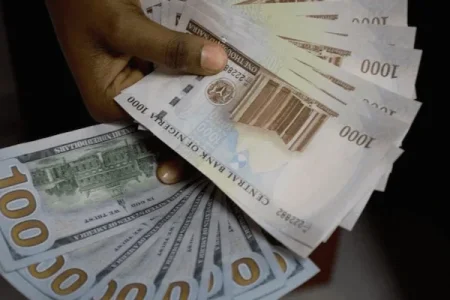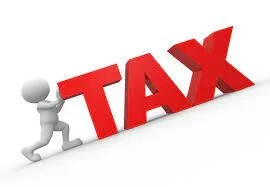
The Naira appreciated in the parallel market, trading at ₦1,715 per dollar on October 21, while depreciating in the Nigerian Autonomous Foreign Exchange Market (NAFEM) to ₦1,603.16. Central Bank Governor Olayemi Cardoso highlighted the potential benefits of a weaker Naira for boosting exports and attracting investments.
On October 21, 2024, the Naira experienced a rise in the parallel market, reaching ₦1,715 per dollar, an improvement from ₦1,725 recorded over the previous weekend. In contrast, the Nigerian Autonomous Foreign Exchange Market (NAFEM) saw the Naira decline to ₦1,603.16 per dollar, a drop from ₦1,600.78 the prior Friday.
Data from the FMDQ indicated that despite this depreciation, the dollar trading volume in the official market rose by 2.4%, increasing from $350.72 million to $359.22 million. This shift narrowed the gap between the parallel market rate and the NAFEM rate to ₦111.84, down from ₦124.22 a week earlier.
In related news, Central Bank of Nigeria (CBN) Governor Olayemi Cardoso addressed the economic landscape at the recent Nigerian Economic Summit. He underscored the potential upsides of a weaker Naira, suggesting that it could enhance Nigeria's export capacity. Cardoso pointed out that while a low exchange rate poses challenges, it also creates opportunities for both local and foreign investors looking to engage with Nigeria’s market.
He expressed optimism that a depreciated Naira could lead to a competitive advantage in export pricing, encouraging interest in the country’s export sector. Cardoso reassured stakeholders that despite current economic adjustments, the appetite for investment in Nigeria remains strong.




